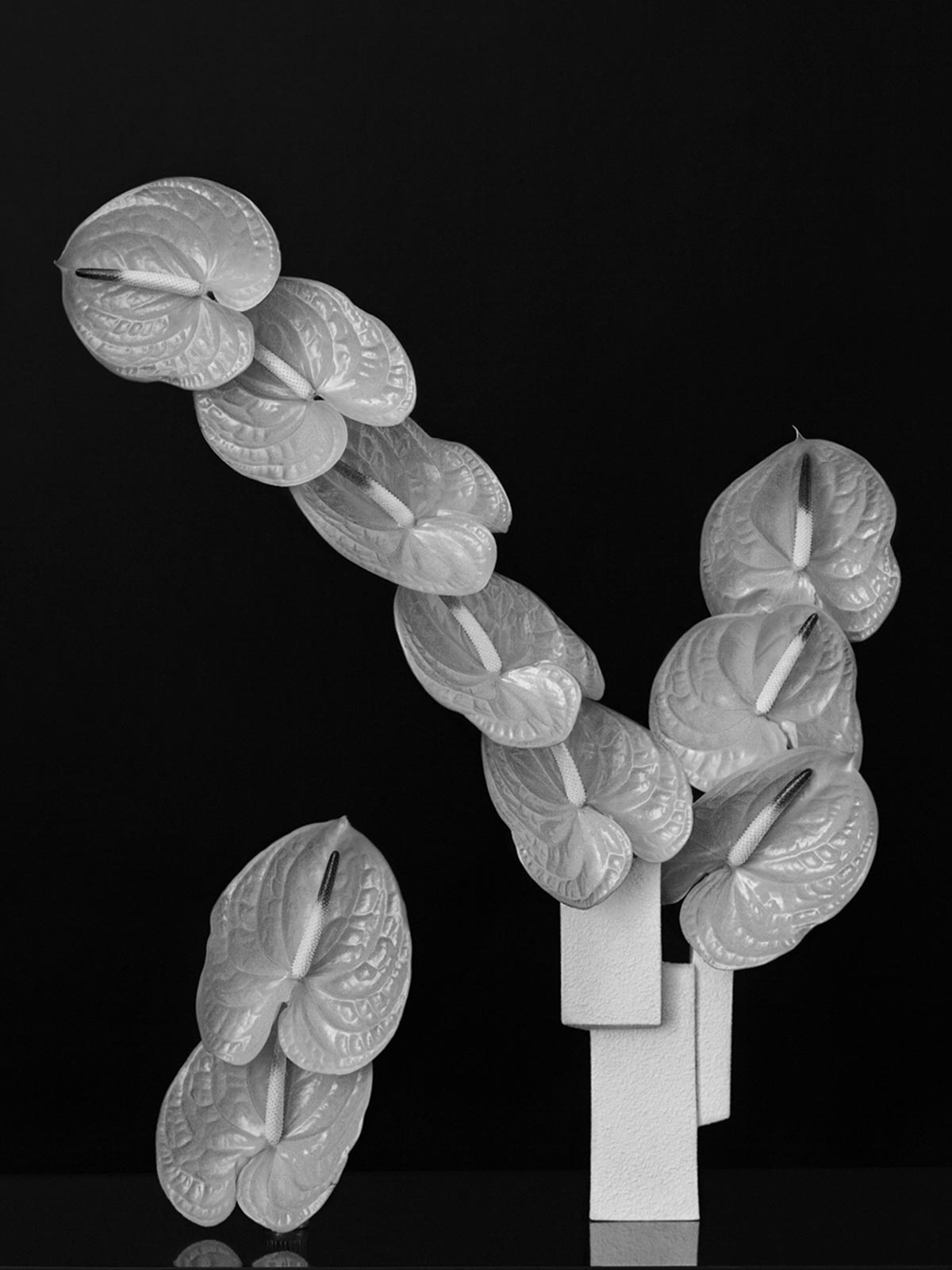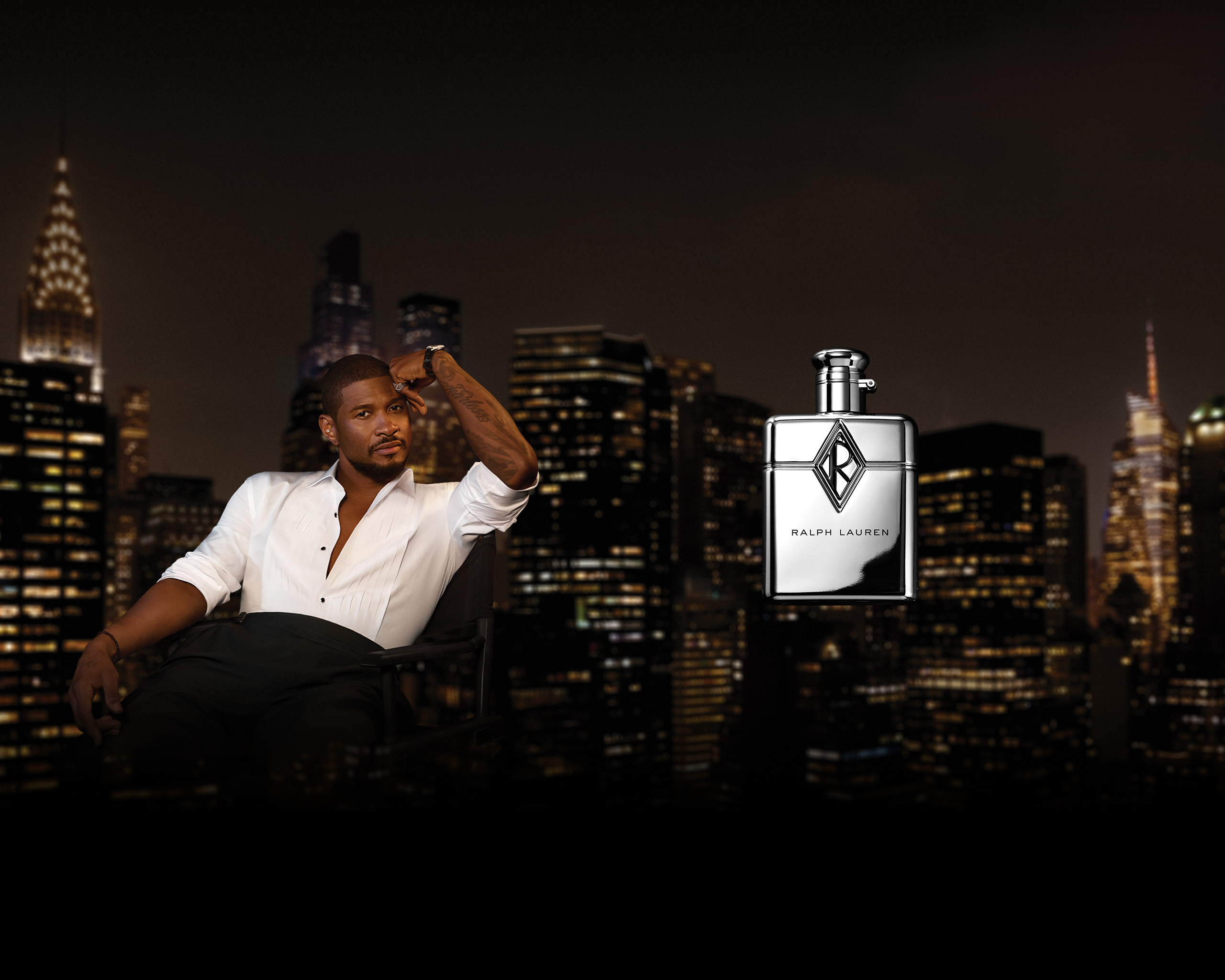For the art world, conversations are plentiful. Critics are nigh to always interested in learning how artists come to process and meditate on inspiration; designers continually navigate conflicting desires for both the surface transferability of immaterial culture and the purposefulness derived from materiality; and craftspeople are constantly defending their merit in the hierarchical structure of creativity. Marisa Competello, founder of Metaflora—one of New York’s most exciting floral design studios—occupies the very intersection of all of these vantage points. Her instincts were incubated over 10 years of assisting fashion stylists and a lifetime of dance studies, having never formally trained in design herself.
Derrick Gaitér—What is most gratifying to you about your pieces?
Marisa Competello—I’m grateful that people are appreciating my work. It was a leap to start this new business. I wanted to work with flowers because they’re so lovely. So quiet. Fashion was a little more hectic, so I’m glad I achieved something on my own that is peaceful and beautiful.
Above The Fold

Sam Contis Studies Male Seclusion

Slava Mogutin: “I Transgress, Therefore I Am”

The Present Past: Backstage New York Fashion Week Men’s Spring/Summer 2018

Pierre Bergé Has Died At 86

Falls the Shadow: Maria Grazia Chiuri Designs for Works & Process

An Olfactory Memory Inspires Jason Wu’s First Fragrance

Brave New Wonders: A Preview of the Inaugural Edition of “Close”

Georgia Hilmer’s Fashion Month, Part One

Modelogue: Georgia Hilmer’s Fashion Month, Part Two

Surf League by Thom Browne

Nick Hornby: Grand Narratives and Little Anecdotes

The New Helmut

Designer Turned Artist Jean-Charles de Castelbajac is the Pope of Pop

Splendid Reverie: Backstage Paris Haute Couture Fall/Winter 2017

Tom Burr Cultivates Space at Marcel Breuer’s Pirelli Tire Building

Ludovic de Saint Sernin Debuts Eponymous Collection in Paris

Peaceful Sedition: Backstage Paris Fashion Week Men’s Spring/Summer 2018

Ephemeral Relief: Backstage Milan Fashion Week Men’s Spring/Summer 2018

Olivier Saillard Challenges the Concept of a Museum

“Not Yours”: A New Film by Document and Diane Russo

Introducing: Kozaburo, 2017 LVMH Prize Finalist

Introducing: Marine Serre, 2017 LVMH Prize Finalist

Conscious Skin

Escapism Revived: Backstage London Fashion Week Men’s Spring/Summer 2018

Introducing: Cecilie Bahnsen, 2017 LVMH Prize Finalist

Introducing: Ambush, 2017 LVMH Prize Finalist

New Artifacts

Introducing: Nabil Nayal, 2017 LVMH Prize Finalist

Bringing the House Down

Introducing: Molly Goddard, 2017 LVMH Prize Finalist

Introducing: Atlein, 2017 LVMH Prize Finalist

Introducing: Jahnkoy, 2017 LVMH Prize Finalist

LVMH’s Final Eight

Escaping Reality: A Tour Through the 57th Venice Biennale with Patrik Ervell

Adorned and Subverted: Backstage MB Fashion Week Tbilisi Autumn/Winter 2017

The Geometry of Sound

Klaus Biesenbach Uncovers Papo Colo’s Artistic Legacy in Puerto Rico’s Rainforest

Westward Bound: Backstage Dior Resort 2018

Artist Francesco Vezzoli Uncovers the Radical Images of Lisetta Carmi with MoMA’s Roxana Marcoci

A Weekend in Berlin

Centered Rhyme by Elaine Lustig Cohen and Hermès

How to Proceed: “fashion after Fashion”

Robin Broadbent’s Inanimate Portraits

“Speak Easy”

Revelations of Truth

Re-Realizing the American Dream

Tomihiro Kono’s Hair Sculpting Process

The Art of Craft in the 21st Century

Strength and Rebellion: Backstage Seoul Fashion Week Autumn/Winter 2017

The Faces of London

Document Turns Five
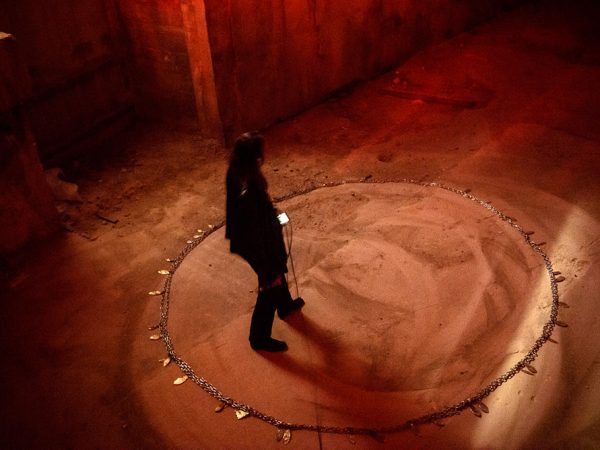
Synthesized Chaos: “Scholomance” by Nico Vascellari

A Whole New World for Janette Beckman

New Ceremony: Backstage Paris Fashion Week Autumn/Winter 2017
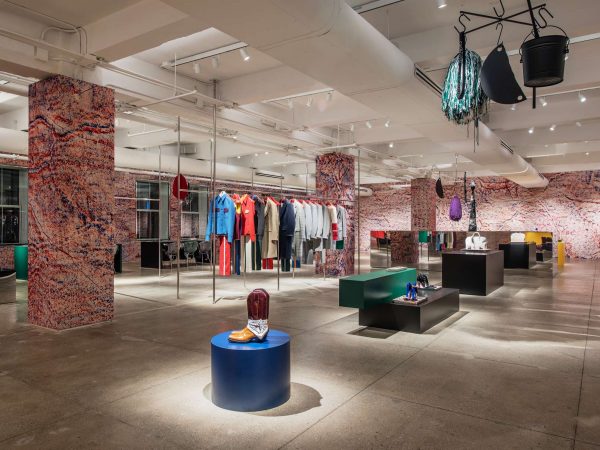
New Perspectives on an American Classic

Realized Attraction: Backstage Milan Fashion Week Autumn/Winter 2017

Dematerialization: “Escape Attempts” at Shulamit Nazarian

“XOXO” by Jesse Mockrin

Brilliant Light: Backstage London Fashion Week Autumn/Winter 2017

The Form Challenged: Backstage New York Fashion Week Autumn/Winter 2017

Art for Tomorrow: Istanbul’74 Crafts Postcards for Project Lift

Inspiration & Progress

Paskal’s Theory of Design

On the Road

In Taiwan, American Designer Daniel DuGoff Finds Revelation

The Kit To Fixing Fashion
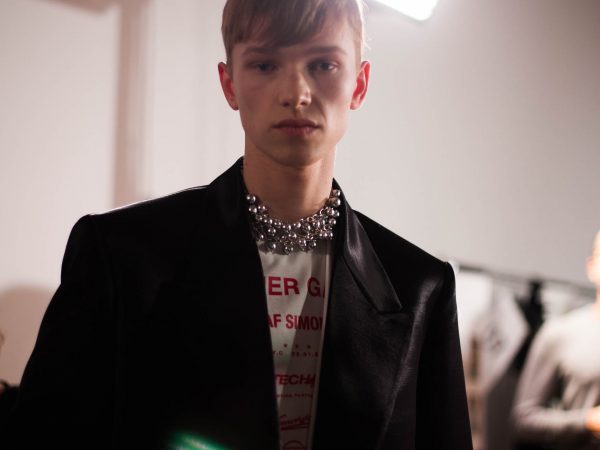
The Game Has Changed: Backstage New York Fashion Week Men’s Autumn/Winter 2017

Class is in Session: Andres Serrano at The School

Forma Originale: Burberry Previews February 2017

“Theoria”

Wearing Wanderlust: Waris Ahluwalia x The Kooples

Approaching Splendor: Backstage Paris Haute Couture Spring/Summer 2017

In Florence, History Returns Onstage

An Island Aesthetic: Loewe Travels to Ibiza

Wilfried Lantoine Takes His Collection to the Dancefloor

A Return To Form: Backstage New York Fashion Week Spring/Summer 2018

20 Years of Jeremy Scott

Offline in Cuba

Distortion of the Everyday at Faustine Steinmetz

Archetypes Redefined: Backstage London Fashion Week Spring/Summer 2018

Spring/Summer 2018 Through the Lens of Designer Erdem Moralıoğlu

A Week of Icons: Backstage Milan Fashion Week Spring/Summer 2018

Toasting the New Edition of Document

Embodying Rick Owens

Prada Channels the Wonder Women Illustrators of the 1940s

Andre Walker’s Collection 30 Years in the Making

Fallen From Grace, An Exclusive Look at Item Idem’s “NUII”

Breaking the System: Backstage Paris Fashion Week Men’s Autumn/Winter 2017

A Modern Manufactory at Mykita Studio

A Wanted Gleam: Backstage Milan Fashion Week Men’s Autumn/Winter 2017

Fashion’s Next, Cottweiler and Gabriela Hearst Take International Woolmark Prize

Beauty in Disorder: Backstage London Fashion Week Men’s Autumn/Winter 2017

“Dior by Mats Gustafson”

Prada’s Power

George Michael’s Epochal Supermodel Lip Sync

The Search for the Spirit of Miss General Idea

A Trace of the Real

Wear and Sniff

Underwater, Doug Aitken Returns to the Real

Petit h, Plentiful Possibilites
Derrick—Is there any particular knowledge that you find transferable between both worlds?
Marisa—Styling and floral design are very similar: They’re both about gathering things and putting them together; color and texture, and combining things you wouldn’t necessarily think go together. I’m still schlepping packages around—a gathering aspect very similar to styling.
Derrick—I imagine working with flowers is a delicate and perhaps more difficult process. What are some limitations to working with organic matter?
Marisa—There’s a limited amount of flowers; you never know what is going to be available on a day-to-day. Some days when I go to the market, I’m hoping they’ll have something in particular that they don’t. That can be challenging. Othertimes, things show up that surprise you and a design will take off based on what is available. In some cases, I want [the flowers] to do things that they can’t because they are too fragile. Lately, I’ve been playing with the limited color palette of flowers. I’ve been trying to use the painted varieties like blue or black—metallics are really cool. They are fun to mix in because they expand what’s naturally available.
Derrick—How important is it to embrace spontaneity in your artistry?
Marisa—I think being open to whatever idea comes to me and being inspired by what is available is when I create my most interesting compositions. Especially for editorial, [that mindset] allows me the opportunity to play and experiment; I’m able to do that also with my more regular clients. I have a nice balance of special requests and open-ended interpretations. I prefer the experimental aspect.
I don’t manipulate the flowers too much. I want them to go in their direction because I want them to be in their natural shape or form.
Derrick—Culturally speaking, certain flowers have particular significances, be it type, color, or meaning derived from moments in time. When you’re designing, do you find yourself reinventing new meanings among flowers with existing associations or negotiating what you perceive about a flower and what a client perceives?
Marisa—Luckily, what I do is so specific that when a client comes to me I mostly get to freestyle and interpret things in my way. I’m not quite sure if I’m limited to the meanings of flowers. I’m not using that many traditional flowers or using them in a traditional way, so I kind of feel like I avoid that scenario.
Derrick—A common theme in your work is an embrace of a very mathematical, linear order: use of many stems and leaves opposed to the actual blossom. What would you say gravitates you to these linear qualities?
Marisa—The linear aspect is my embrace of their natural movement and shape. I also prefer more minimalistic design. I’m much more of a less-is-more kind of person in all aspects of my life. I don’t manipulate the flowers too much. I want them to go in their own direction because I want them to be in their natural shape or form. I can’t help but relate my composition method to my dance background. I studied dance my whole life, and I still dance today, so that’s how I also see stylizations in my mind.


